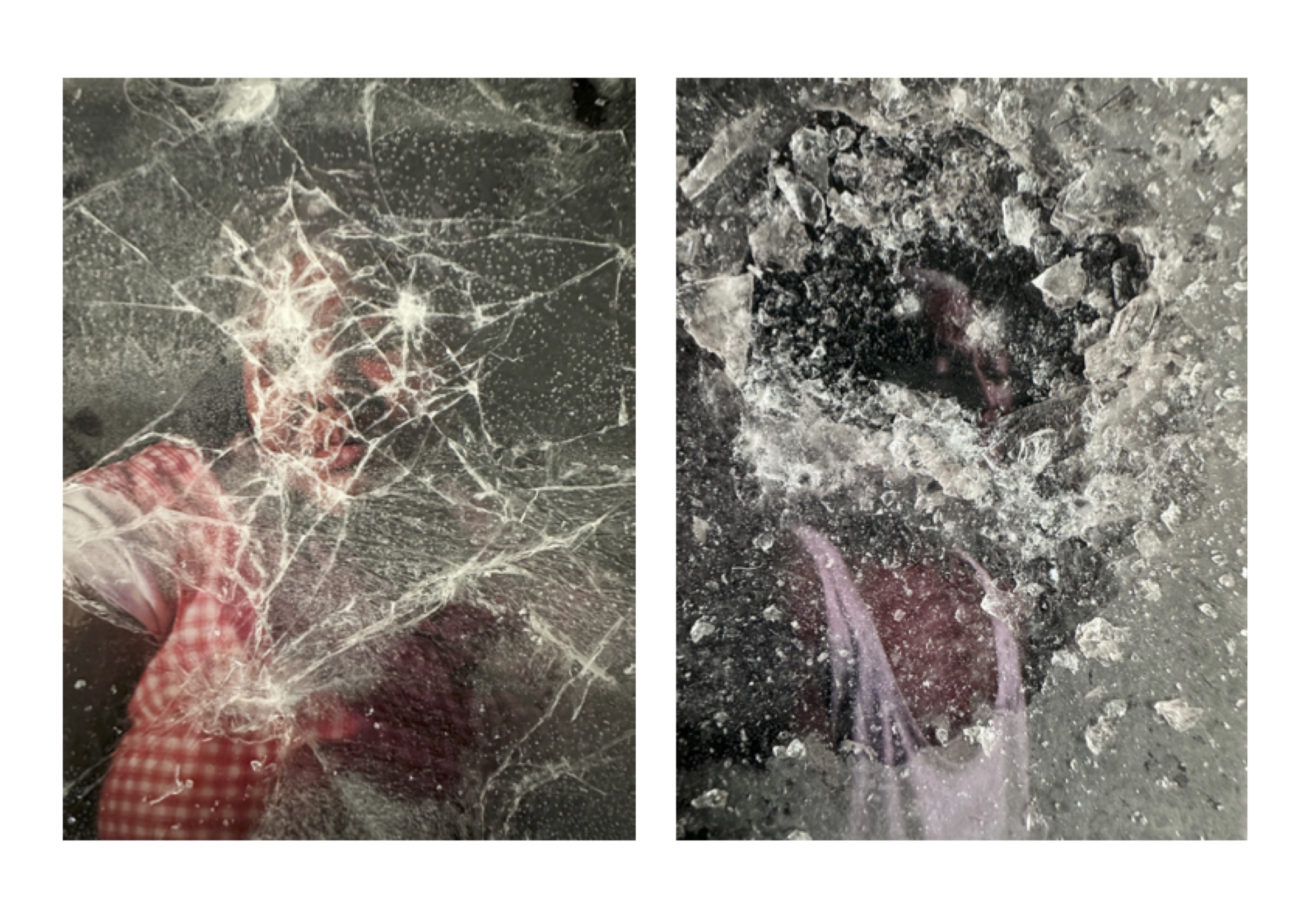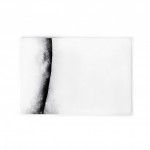Earth Week: Sally Low: Broken Machinery
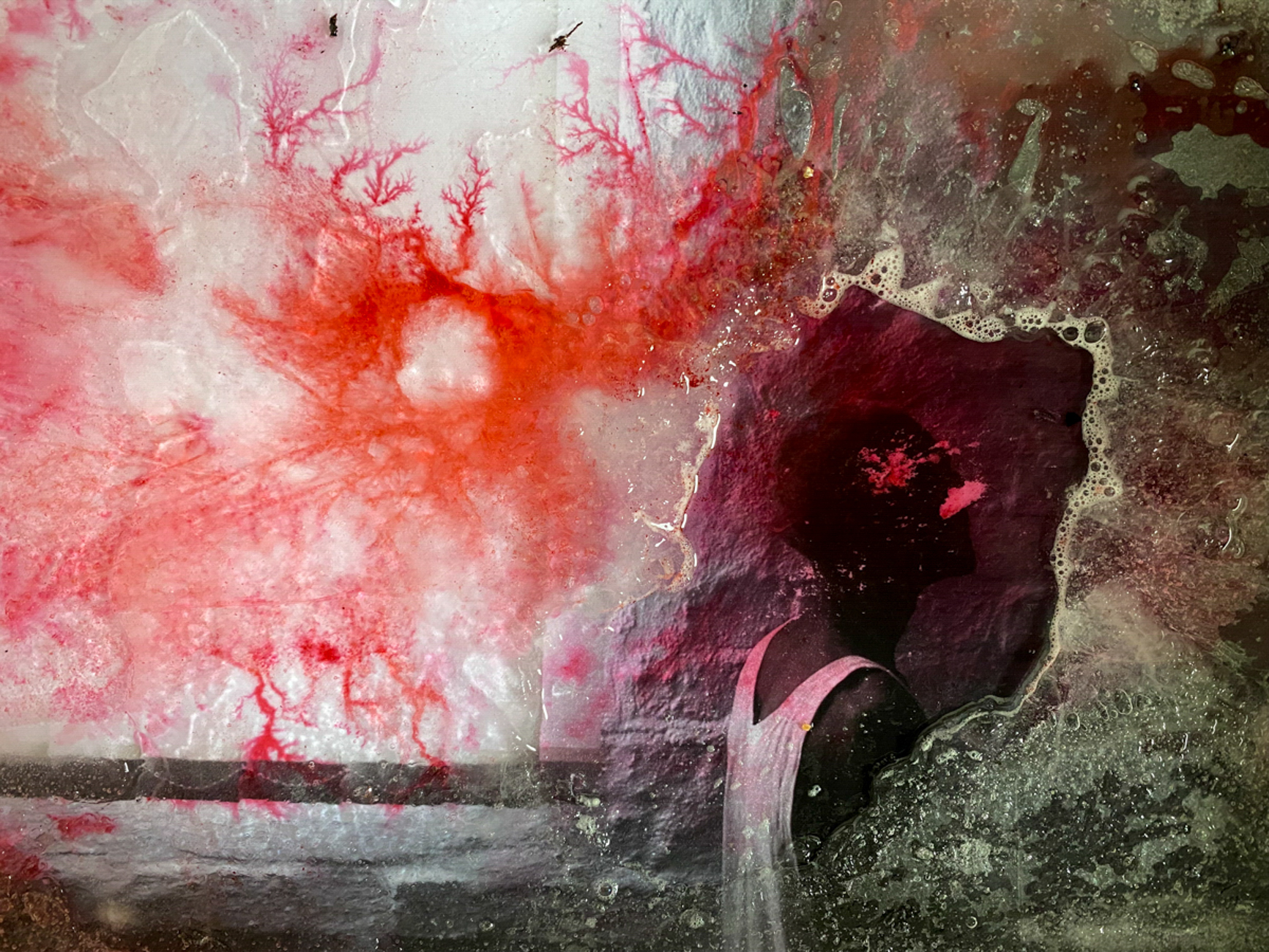
©Sally Low, H or Blood- Low_BrokenMachinery_1, There is a lot of blood which you step in. It’s washed away every night but the blood on your clothes doesn’t come out easily. Why they give you these white coats? I don’t understand it. I didn’t think I would ever quit meat but after what I saw- I am telling you if people were to see it, they are going to think twice before they order meat.
The bodies of work that I will be sharing during Earth Week are linked by this thematic lens: making the often-invisible nature of the global climate and the ecological crisis more visible using conceptual, lens-based art techniques. Each body of work speaks to a different aspect of the climate and ecological crisis: loss of place; waste; sea level rise, plastic pollution, industrial meat production, desertification, and fire. These bodies of work seek to uncover the hidden interdependence of both social and natural systems and challenge us to re-examine our relationships with each other and this planet.
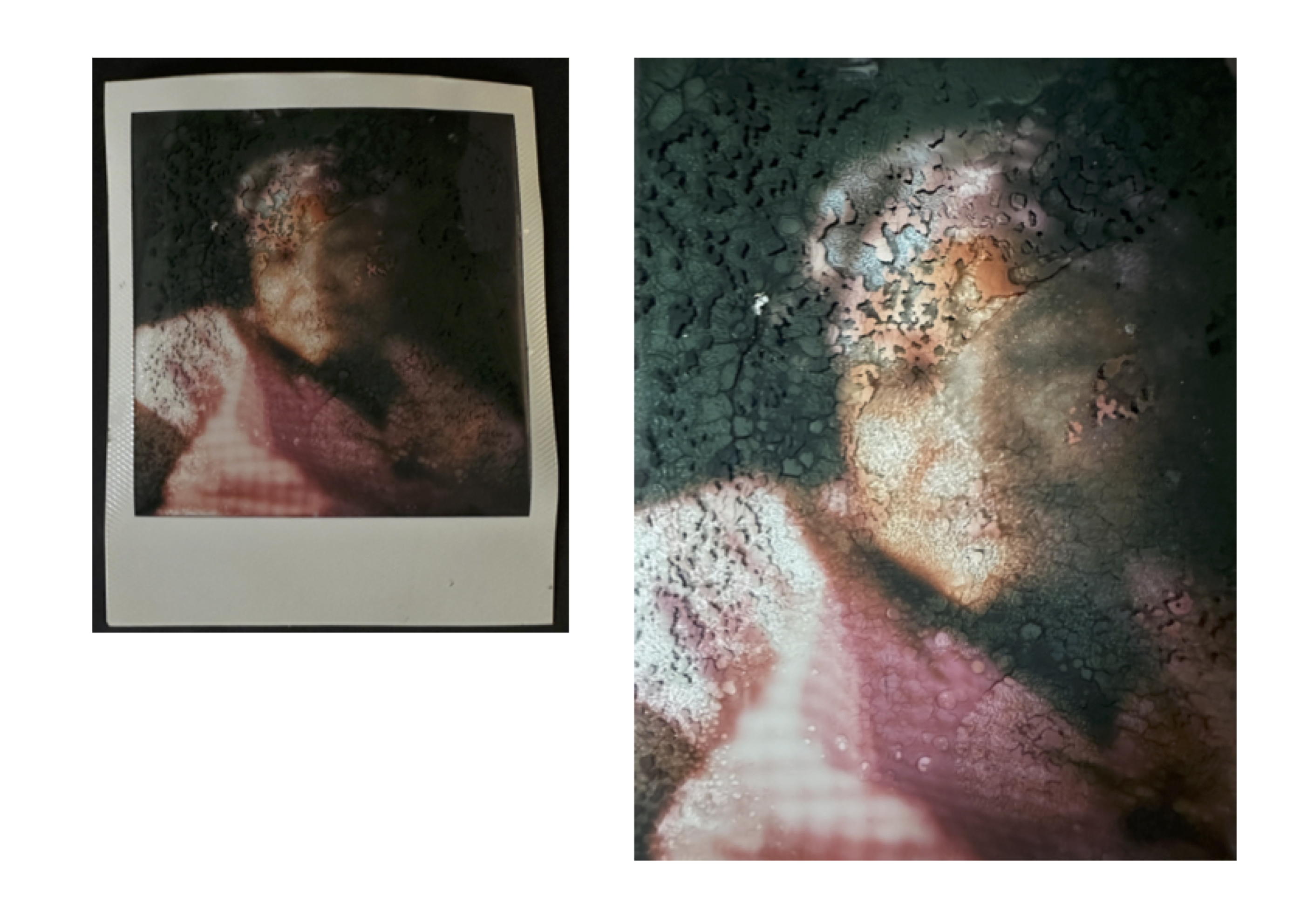
©Sally Low, Antoinette Or Sickness- Low_BrokenMachinery_2, There were a lot of sick chickens that were discarded and didn’t get put on the line. But if there were not enough chickens to fill the orders then sometimes they used chickens that maybe had a skin defect or the meat wasn’t perfect quality.
Many of Sally Low’s projects engage with communities affected by industry or development. These are often marginalised communities living in “forgotten areas” where high levels of poverty, health and social issues make them an easy target for exploitation.
Growing up in the late stages of apartheid South Africa and the transition to democracy conscientised Sally to the extreme levels of inequality and injustice, and the ability of photography to amplify the voices of those who sometimes do not get a platform.
In her work, she focuses on individuals and communities sharing their stories of what seems to be an almost insurmountable struggle. Communities and individuals confronting big business year in and year out, against all odds, and in some cases risking their very freedom.
Follow Sally Low on Instagram: @_sally_low_
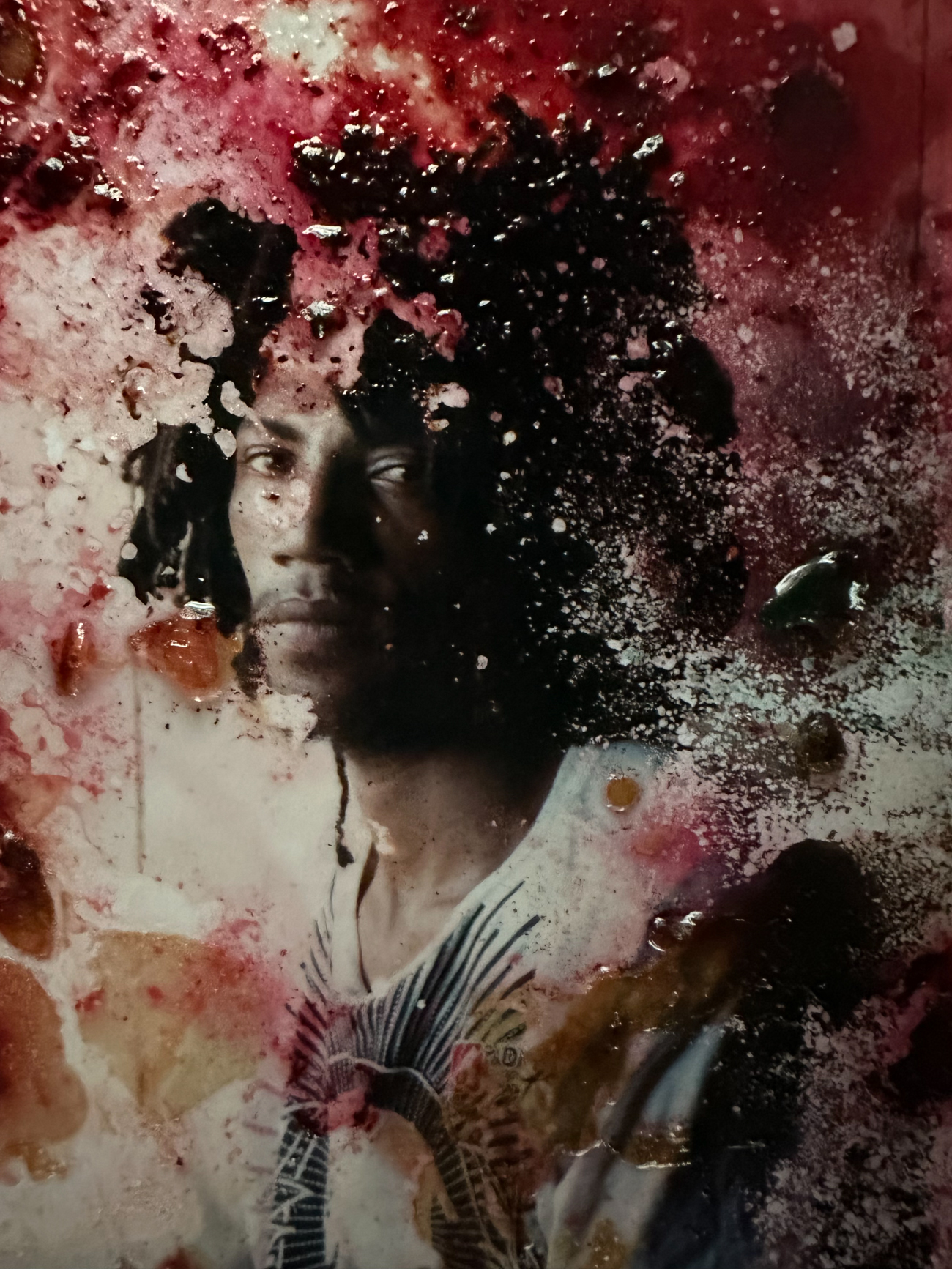
©Sally Low, J or Murder- Low_BrokenMachinery_3, Every day you have to think how you are going to commit murder. With the pigs they put the wire around their feet. (Their 2 feet together) They can’t run or stand up. They fall down. Then you take a pliers and tighten the wire. It’s not very nice. If you heard that sound – eish the pigs can make a noise! He knows he is gonna die now. If you work there maybe for one or two days, you are not going to be able to sleep because every time, you are gonna hear that sound. Since the day I saw how they slaughter animals I don’t eat meat.
Broken Machinery
Growing up in South Africa, many of my childhood memories were firmly centered around food. The ice cream truck on a hot sunny day. The Sunday roast. I remember going to the shop with my mother. The packages of meat were so shiny and clean. The tiny body parts of the animals mechanically separated and neatly arranged, an artifice, concealing disturbing and traumatic actions that are taking place behind these walls.
Broken Machinery investigates the openly obscured violence of the meat industry. While there has been much attention in recent years as to the social and environmental costs of meat production, what often remains overlooked is the trauma encountered by the workers on the slaughterhouse floor. Here physical injury – severed appendages and fractured bones –are commonplace. Unseen too, is the mental trauma, byproducts of the acts of violence that these workers must commit. PTSD, depression, and increased levels of domestic abuse, correlate with the work of these individuals. Compounding to this, slaughterhouses often employ laborers from marginalised and impoverished communities, pulled into the industry with limited options. These labourers are themselves fed into the machine, fodder for a system of oppression and a labour market that is rooted in a colonialist history.
For this project I returned to my childhood home of South Africa. I interviewed and photographed slaughterhouse workers who were willing to speak with me about their experiences, and then subjected their portraits to the processes that they’ve experienced and implemented : the freezing conditions , the electrocutions, the nausea, the slitting of throats, the blood. In doing this work, I hope to explore the hidden horrors that are willfully concealed – economically, linguistically, and physically – behind the walls of the slaughterhouse.
I want to directly confront audiences with these acts of violence, probing our mutually held assumptions, and challenging our collective cognitive dissonance surrounding the consumption of animal products. -Sally Low
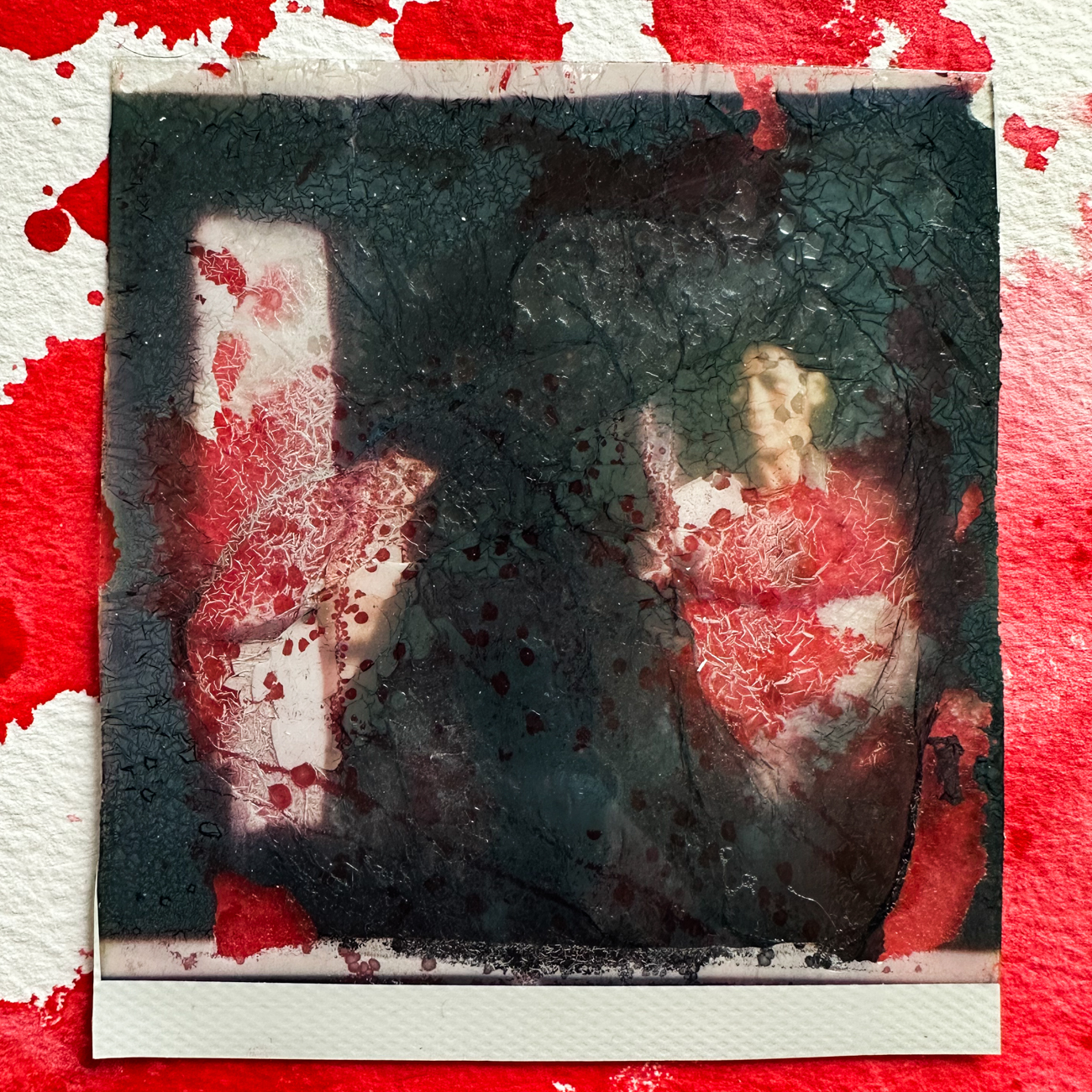
©Sally Low, Anneline or Nightmares or Dreams – Low_BrokenMachinery_5, I often dreamt of my work. They were nightmares actually. One night I dreamt that I was lying in a pile of chicken heads. I couldn’t sleep. I was actually scared of the job I did, but I had to work, so I did. I also dreamt that I sawed both my hands off, another lady at work swapped duties with me for a week so I could get over that dream.
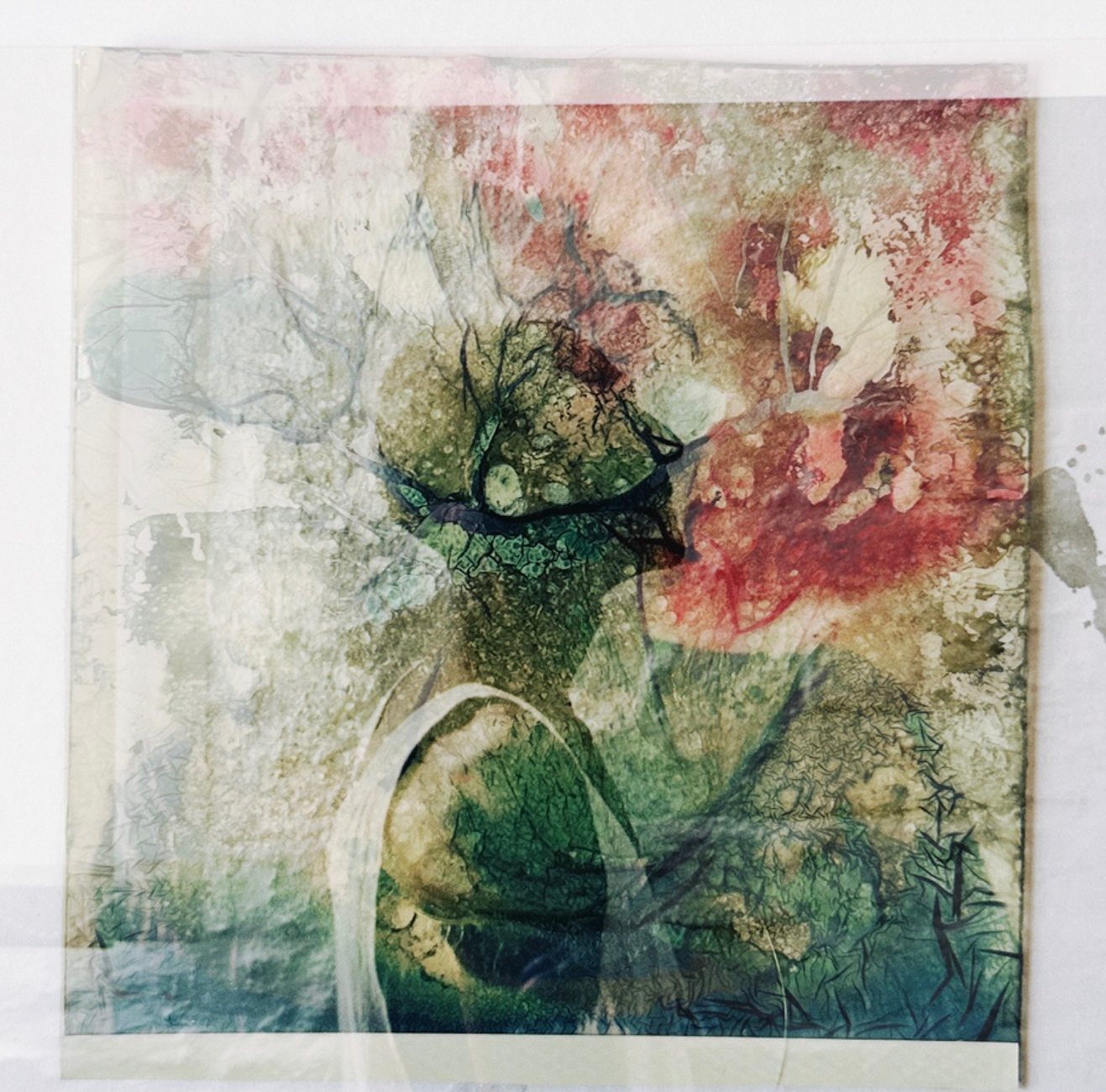
©Sally Low, Vomit & Blood- Low_BrokenMachinery_6, Its almost like a little box with a flap and the cow goes in on its side. 2 guys keep their legs like that. The machine turns them around and cuts their necks. It was horrific for me to see the first time- I basically vomited. All the other guys were laughing at me and said I would get used to it. You do, but that thought in your head doesn’t go away.

©Sally Low, Low_BrokenMachinery_7, When you enter there you can smell the blood and you can feel the chickens, how they feel for you. They know they are going to be killed. I am an animal lover and it was very hard to for me to see how these guys were cutting the chickens head, but I knew that I had to do this. I have to eat and feed my people. I can still remember the head moving, I couldn’t get over that. The first time I had to kill, it was like that piece of you was gone. You are never the same. Where there is blood being spilt, there is the smell of it, of death. That smell is always on you. Then that sound of the dying chickens screaming. It was always in my head. Till today I can still hear that sound.
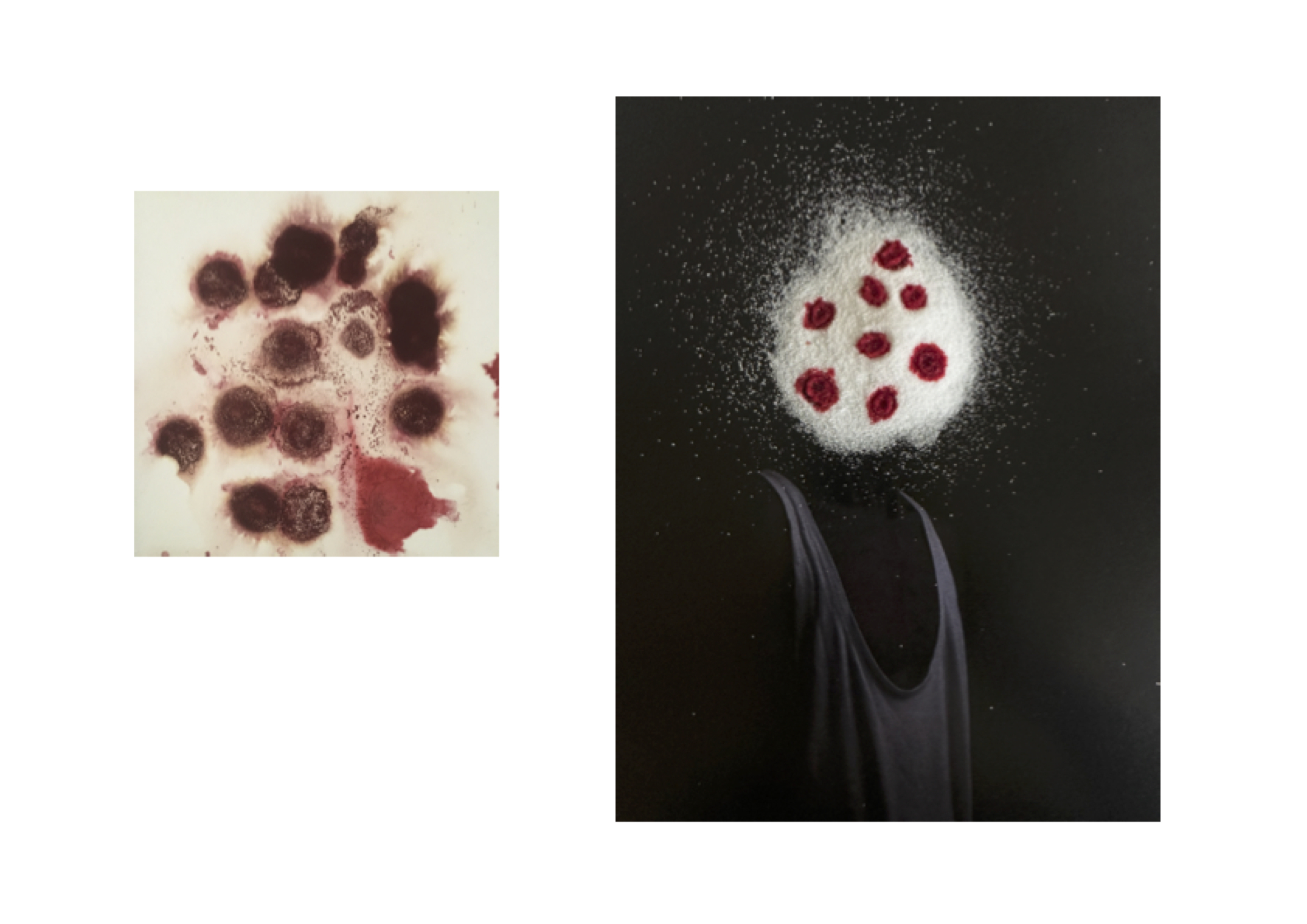
©Sally Low, Eyes- Low_BrokenMachinery_8, The moment you go around that corner and set foot on the Stoep, everything changes. The atmosphere changes, the scenery changes. It’s like your opening something and you are entering a place of killing. The work changes you mentally, physically, spiritually. The rule is not to look into its eyes. When you look into a living animals eyes when you cut it, it’s something you remember for the rest of your life. It takes a little bit of humanity away from you because you have to make your heart hard to do it, to block out the feelings. Long term I can tell you you are not the same person anymore, all the pressure, always they are pushing your abilities. You are slaughtering up to 120 chickens a minute. They put that responsibility on you.
Posts on Lenscratch may not be reproduced without the permission of the Lenscratch staff and the photographer.
Recommended
-
Earth Month: Photographers on Photographers, Dennis DeHart in conversation with Laura PlagemanApril 16th, 2024
-
Luther Price: New Utopia and Light Fracture Presented by VSW PressApril 7th, 2024
-
Artists of Türkiye: Eren SulamaciMarch 27th, 2024
-
European Week: Sayuri IchidaMarch 8th, 2024
-
European Week: Jaume LlorensMarch 7th, 2024

